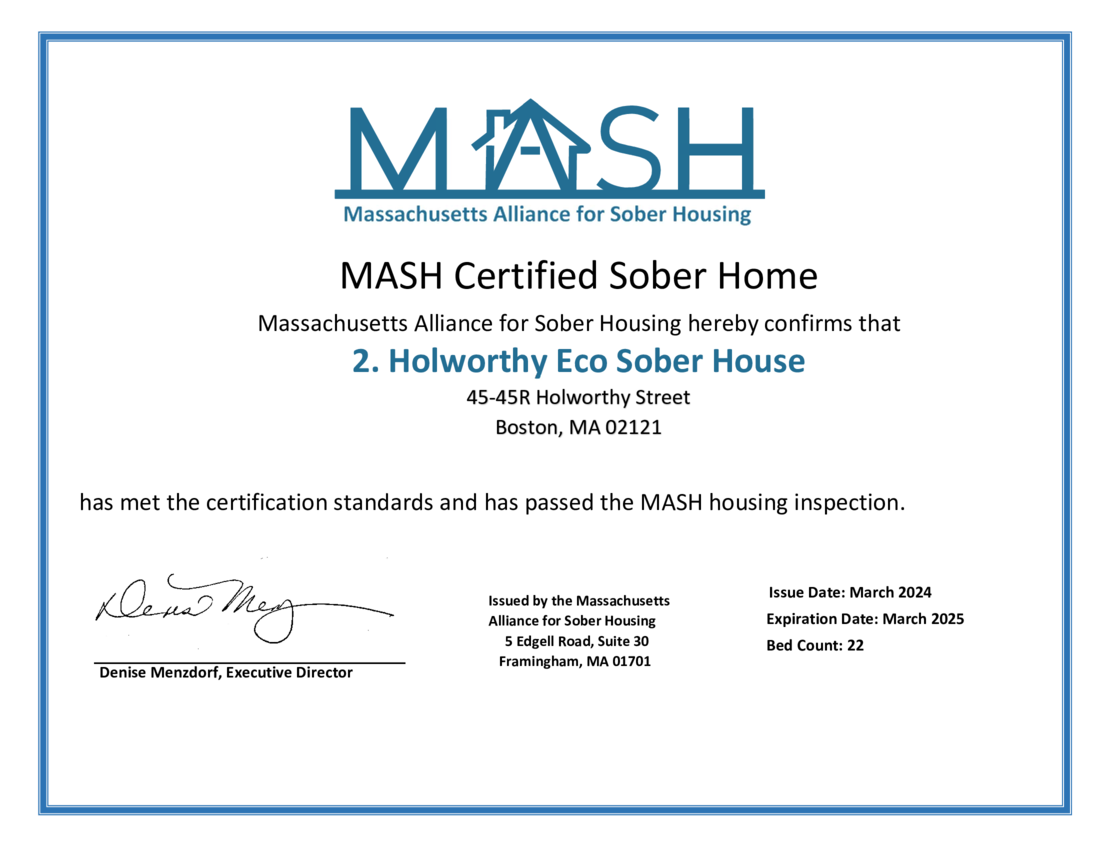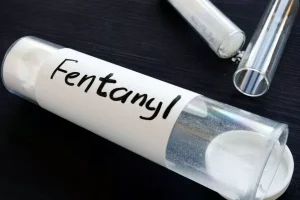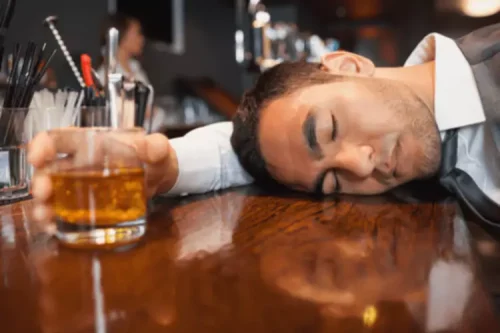Given that alcoholism is a chronic relapsing disease, many alcohol-dependent people invariably experience multiple bouts of heavy drinking interspersed with periods of abstinence (i.e., withdrawal) of varying duration. For example, clinical studies have indicated that a history of multiple detoxifications increases Alcohol Relapse a person’s susceptibility to more severe and medically complicated withdrawals in the future (e.g., Booth and Blow 1993). They may not recognize that stopping use of a substance is only the first step in recovery—what must come after that is building or rebuilding a life, one that is not focused around use.

Current Medications
It can be important to distinguish between a full-blown relapse and a slip-up. With a relapse, you fully go back into old patterns of out-of-control drinking, which can require going back into treatment and other steps to get back to sobriety. If you find yourself in an emotional relapse, try to learn more about how you can practice self-care. Self-care might be as simple as adjusting your diet or getting more sleep. Self-care can also mean taking better care of your emotional needs. Take time out for yourself, treat yourself with compassion, and let yourself have fun.

Common Reasons People May Use Drugs
Upon stress and alcohol cue exposure, they showed greater subjective distress, alcohol craving, and blood pressure responses but blunted stress-induced heart rate and cortisol responses compared with control subjects (Sinha et al. 2009). These data indicate greater allostatic load in abstinent alcoholics, which is accompanied by dysregulated stress responses and high levels of craving or compulsive seeking for the preferred drug. Finally, a history of multiple withdrawal experiences can exacerbate cognitive deficits and disruption of sleep during withdrawal (Borlikova et al. 2006; Stephens et al. 2005; Veatch 2006). Another study examined stress-induced and drug-related craving and physiological responses using individualized scripts of comparable length and style for stress, drug- related, and neutral-related situations. Among cocaine-dependent individuals, the imagery exposure to stress and nonstress drug cues resulted in significant increases in heart rate, salivary cortisol levels, drug craving, and subjective anxiety, compared with neutral-relaxing cues (Sinha et al. 2000).

More on Substance Abuse and Addiction

Enhanced voluntary alcohol drinking in dependent mice produced brain alcohol concentrations similar to those achieved during the chronic alcohol exposure that initially rendered the animals dependent. Samples were collected from the nucleus accumbens of alcohol-dependent mice that had undergone three cycles of chronic intermittent alcohol vapor exposure (red symbols) and nondependent controls (black symbols). Samples were taken before, during, and after the 2-hour drinking session, when the mice had the opportunity to voluntarily drink alcohol (15 percent vol/vol) or water. Alcohol intake during the drinking session was 3.04 ± 0.15 g/kg for dependent mice and 2.32 ± 0.28 g/kg for nondependent mice. Horizontal lines and shaded area represent brain alcohol levels (means ± SEM) measured in the dependent mice during chronic intermittent alcohol exposure (28.4 ± 3.5 mM).
- Bars and liquor stores are some of the most common places that trigger alcohol cravings.
- It’s helpful to have a relapse prevention plan that considers these triggers, with specifically identified strategies to address them.
- When feelings of loneliness set in or being socially isolated becomes too much, know that you are never fully alone.
- The repair stage of recovery was about catching up, and the growth stage is about moving forward.
Charitable Care & Financial Assistance
A slipup is a short-lived lapse, often accidental, typically reflecting inadequacy of coping strategies in a high-risk situation. Many people with alcohol use disorder hesitate to get treatment because they don’t recognize that they have a problem. An intervention from loved ones can help some people recognize and accept that they need professional help. If you’re concerned about someone who drinks too much, ask a professional experienced in alcohol treatment for advice on how to approach that person.
Loss of Control
- When individuals exhibit poor self-care and live in emotional relapse long enough, eventually they start to feel uncomfortable in their own skin.
- Here’s some information to help you get ready for your appointment, and what to expect from your health care provider or mental health provider.
- Intensely powerful cravings for alcohol and other drugs is common in addiction.
- Overall, gather as much information as you can about the program or provider before making a decision on treatment.
- It is always better to be honest and work on getting the process of recovery started again as quickly as possible.
- Such triggers are especially potent in the first 90 days of recovery, when most relapse occurs, before the brain has had time to relearn to respond to other rewards and rewire itself to do so.
- By providing the company of others and flesh-and-blood examples of those who have recovered despite relapsing, support groups also help diminish negative self-feelings, which tend to fester in isolation.
- They promote insulin secretion in response to meals, reduce the release of glucagon, a hormone that increases blood sugar, slow down gastric emptying and suppress appetite.
- Attention should focus on renewing old interests or developing new interests, changing negative thinking patterns, and developing new routines and friendship groups that were not linked to substance use.
- Moreover, after receiving some of these medications, animals exhibited lower relapse vulnerability and/or a reduced amount consumed once drinking was (re)-initiated (Ciccocioppo et al. 2003; Finn et al. 2007; Funk et al. 2007; Walker and Koob 2008).

